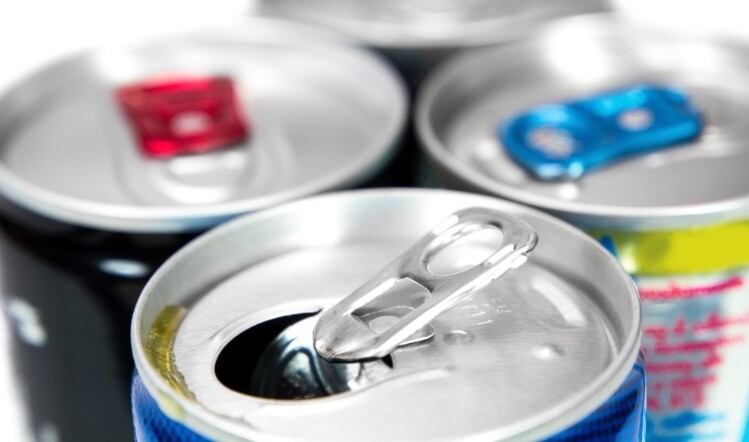The wide variation in fluoride content within different food and drink groups highlighted the need for comprehensive fluoride labelling of food and drink products, Professor Vida Zohoori, researcher at the School of Health & Social Care at Teesside University told Food Manufacture.
Excess exposure to fluoride, particularly at a young age, can result in a bone disease known as skeletal fluorosis.
Transport from fluorinated areas
Bottled water use and consumption of ready-to-drink beverages, as well as processed and ready-to-eat foods, had become increasingly common worldwide, Zohoori said. This meant that products from a fluoridated area could be transported to a non-fluoridated area for consumption and vice versa, she explained.
In addition, the fluoride concentration of these products, which come from many sources, can be highly variable, making fluoride intake from these products difficult to estimate in the community.
“We can provide food firms with access to our fluoride database,” Zohoori said. “We can also support any quality control movement with the measurement of fluoride in food samples and by training and upskilling lab technicians.”




